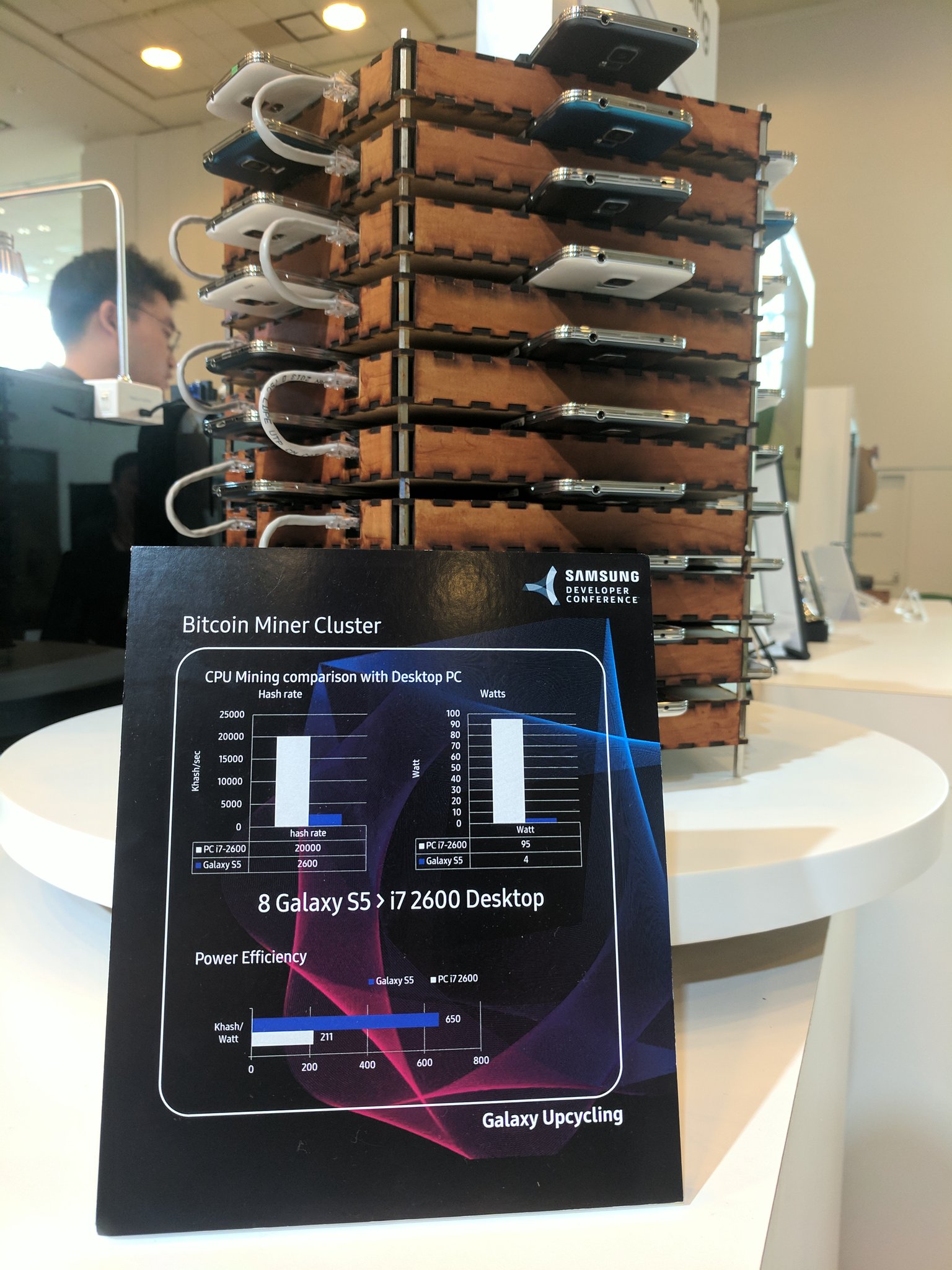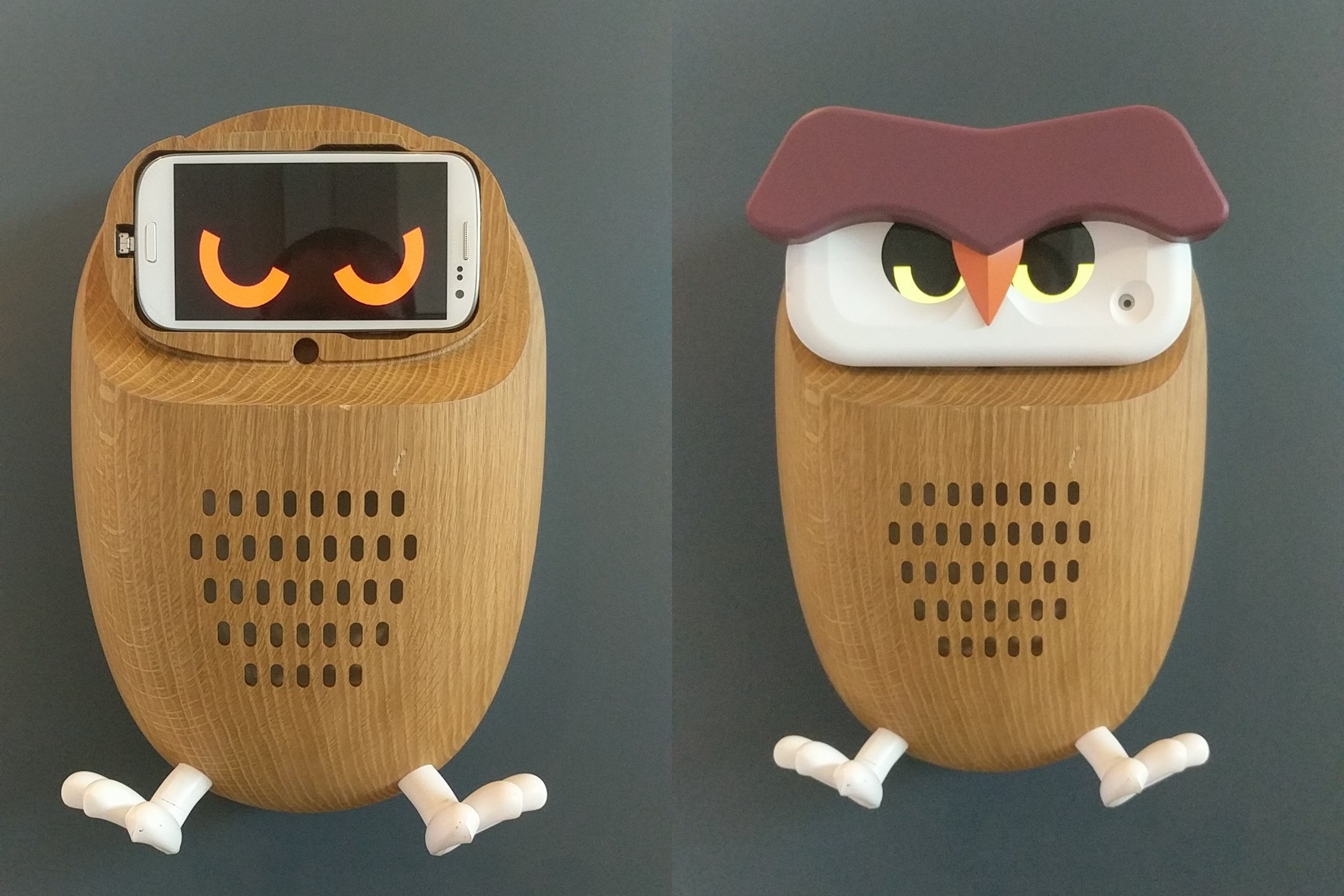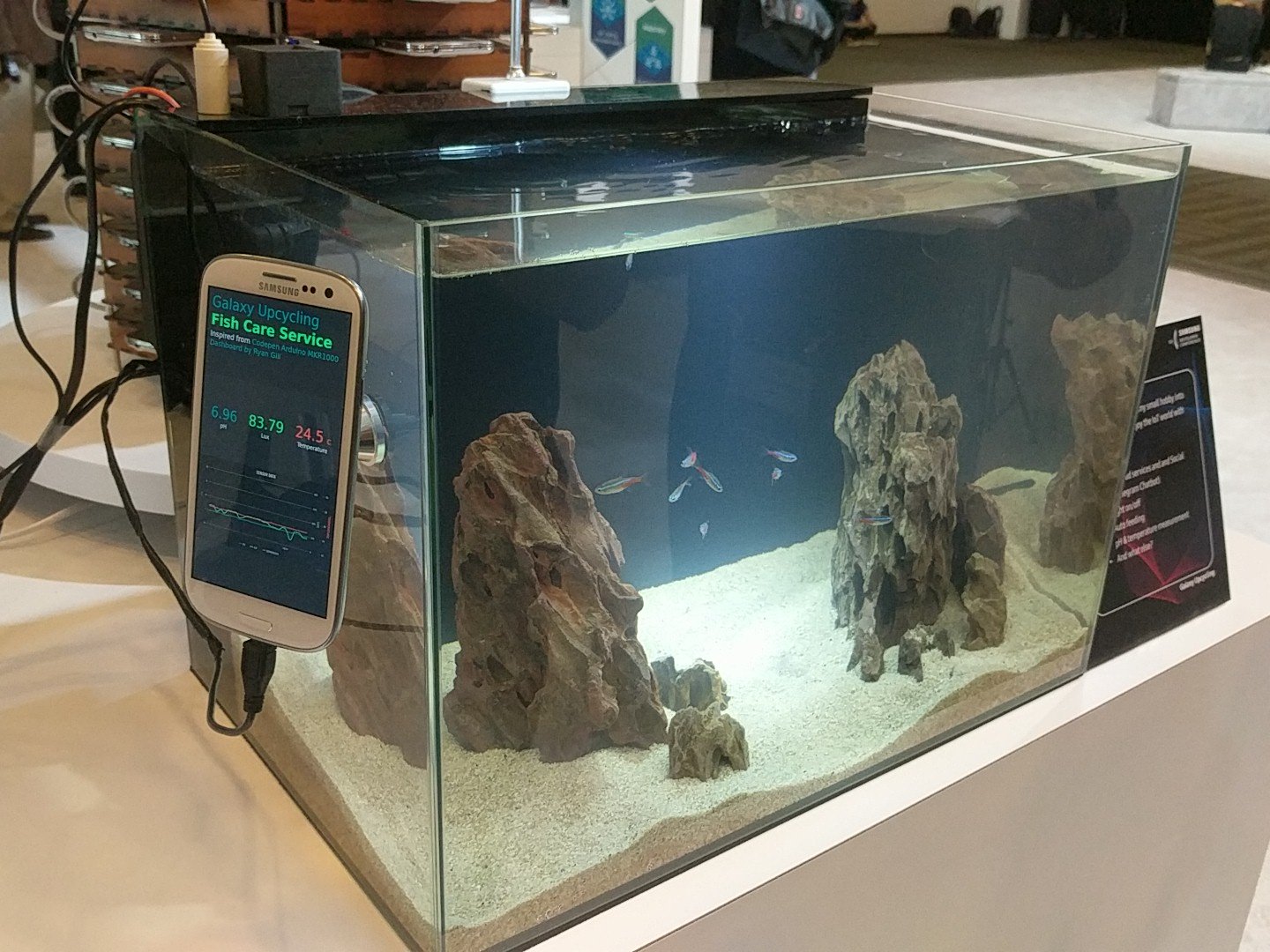Samsung Made a Bitcoin Mining Rig Out of 40 Old Galaxy S5s
Credit to Author: Matthew Gault| Date: Fri, 27 Oct 2017 13:30:00 +0000
Smartphones are ubiquitous, but smartphone habits are as diverse as the people using them. I like to buy a flagship device, such as an iPhone X or Pixel 2, and use it for four or five years. Others buy into upgrade plans with their carrier that lets them change out their phone every year. But lots of people still buy a phone, keep it for a year or two, and then buy a new one; their old phone ends up in a closet, shoebox, or nightstand.
Many people save these old phones in case of emergency, but the vast majority of them never get used again, and eventually become worthless. The phone-in-the-closet phenomenon has become a hidden store of e-waste; a two-year-old phone still has value and is still a powerful device. And so it’s great news that Samsung is starting a new “Upcycling” initiative that is designed to turn old smartphones and turn them into something brand new.
Behold, for example, this bitcoin mining rig, made out of 40 old Galaxy S5 devices, which runs on a new operating system Samsung has developed for its upcycling initiative.

Samsung premiered this rig, and a bunch of other cool uses for old phones, at its recent developer’s conference in San Francisco. Upcycling involves repurposing old devices instead of breaking them down for parts of reselling them. The people at Samsung’s C-Lab—an engineering team dedicated to creative projects—showed off old Galaxy phones and assorted tablets stripped of Android software and repurposed into a variety of different objects.
The team hooked 40 old Galaxy S5’s together to make a bitcoin mining rig, repurposed an old Galaxy tablet into a ubuntu-powered laptop, used a Galaxy S3 to monitor a fishtank, and programed an old phone with facial recognition software to guard the entrance of a house in the form of an owl.
Samsung declined to answer specific questions about the bitcoin mining rig, but an information sheet at the developer’s conference noted that eight galaxy S5 devices can mine at a greater power efficiency than a standard desktop computer (not that too many people are mining bitcoin on their desktops these days).

It’s all very cool and Samsung plans to release both the software it used to unlock the phones as well as the various plans for the projects online for free. “This innovative platform provides an environmentally responsible way for old Galaxy mobile devices to breathe new life, providing new possibilities and potential extended value for devices that might otherwise be forgotten in desk drawers or discarded.” Robin Schultz, a spokesperson for Samsung, told me in an email.
Upcycling is a great way to keep old devices alive and it can’t easily happen without the original manufacturer’s support. “The challenge with keeping old electronics running a long time is software,” Kyle Wiens, CEO of iFixit, told me over the phone. “With phones in particular, the old software is insecure and doesn’t run the new apps. So the question is, if you have this perfectly functional piece of hardware that doesn’t have good software anymore and you want to keep it running for ten years, how do you do that?”
Wiens and iFixit are good at answering that question. His site is an open source resource for people looking to fix their electronics themselves. Wiens and his team are helping Samsung repair old S3s to use for the upcycling project. “You couldn’t really do this as a third party,” he told me. “What [Samsung] built is a layer between the hardware and you being able to install anything you want on it. It’s a step lower than jailbreaking, it’s removing Android entirely.”

Samsung’s upcycling project has a placeholder github with a video explaining its process. “They’re setting up a maker magazine style portfolio of projects,” Wiens explained. The site will work by allowing users to download software that removes Android and opens the devices up to other forms of software. From there, users can browse a wide variety of homebrew software and projects.
The platform will be open, so users can make and upload their own projects and software once it launches. In an example from a Samsung promotional video, a user downloaded fish monitoring software to an old Galaxy S3 and ordered the sensors for the water right from the website. After it’s all set up, the user has a device that monitors the PH balance and heat of the fish tank. It even allows the pet owner to snap pics of their swimmers or turn the lights on and off.
Robust support for repurposing devices like this is unheard of in the tech industry. Companies such as Apple have made it hard for users to fix their own broken devices. In most cases, manufacturers would rather people just buy new devices than fix their old ones. It’s a philosophy that’s good for the company, but bad for the environment and bad for the customer.
“The best thing for the planet is for your old devices to be worth as much as possible,” Wiens told me. “There’s a direct correlation between secondary market value and environmental longevity. [Samsung] wants to maintain the value of their devices long term. If they know they’re going to justify a new price of a thousand dollars for a new Note, it’s easier to get people to spend that thousand dollars if they can resell it for five hundred.”
I asked Samsung when the project would move off its placeholder site and onto the open source wonderland it imagined. “Stay tuned,” it told me. It’s an exciting idea and a philosophy other tech companies should embrace.